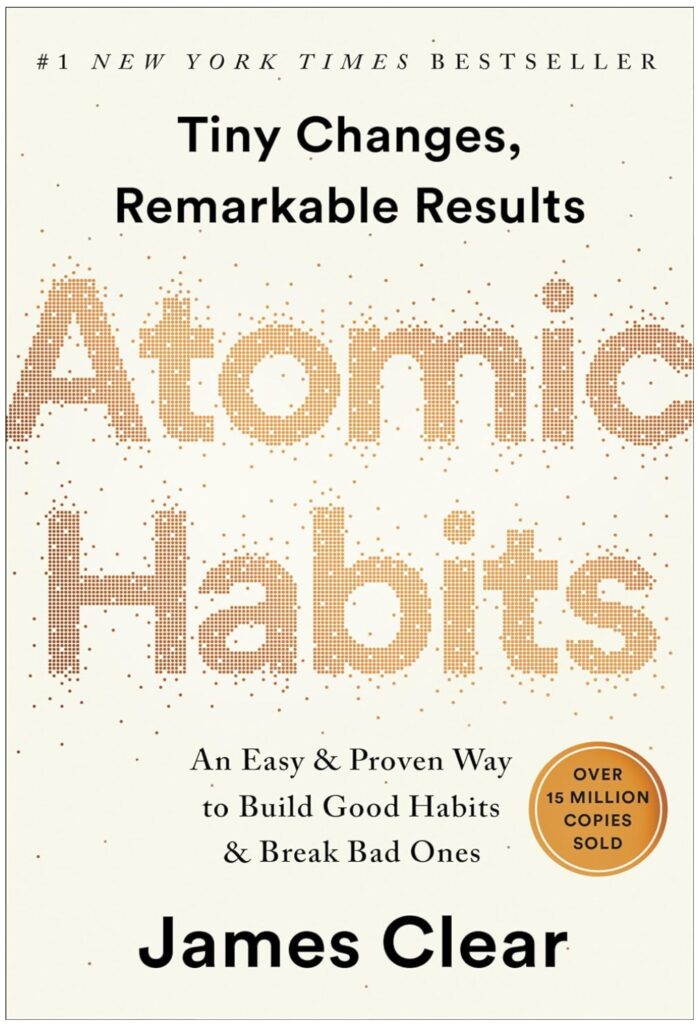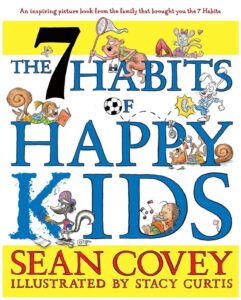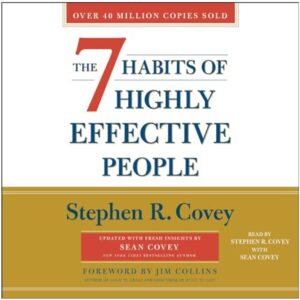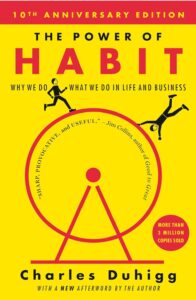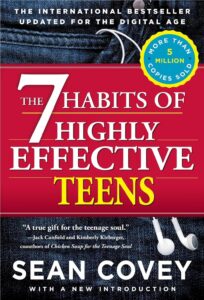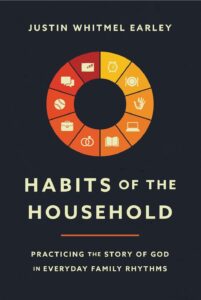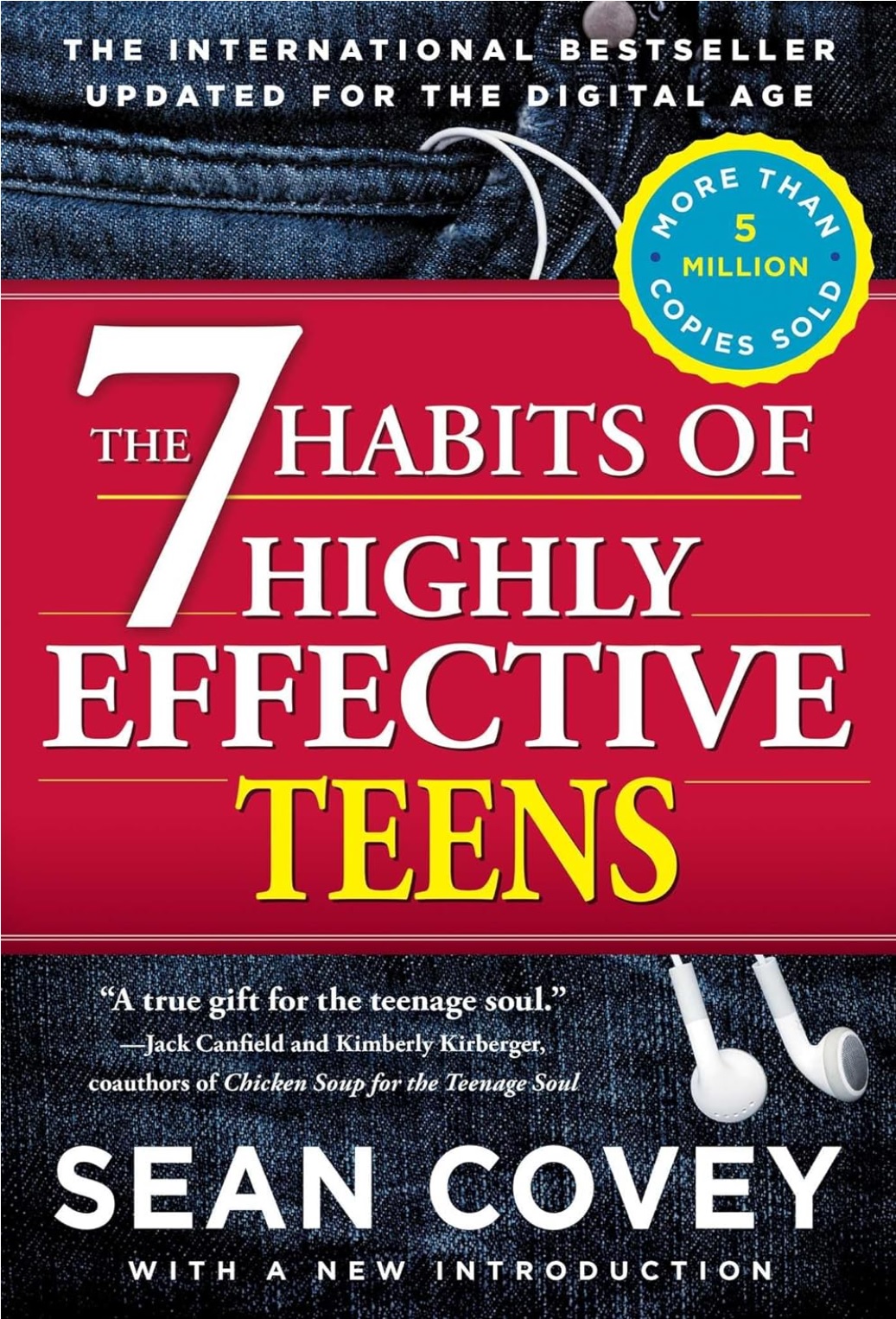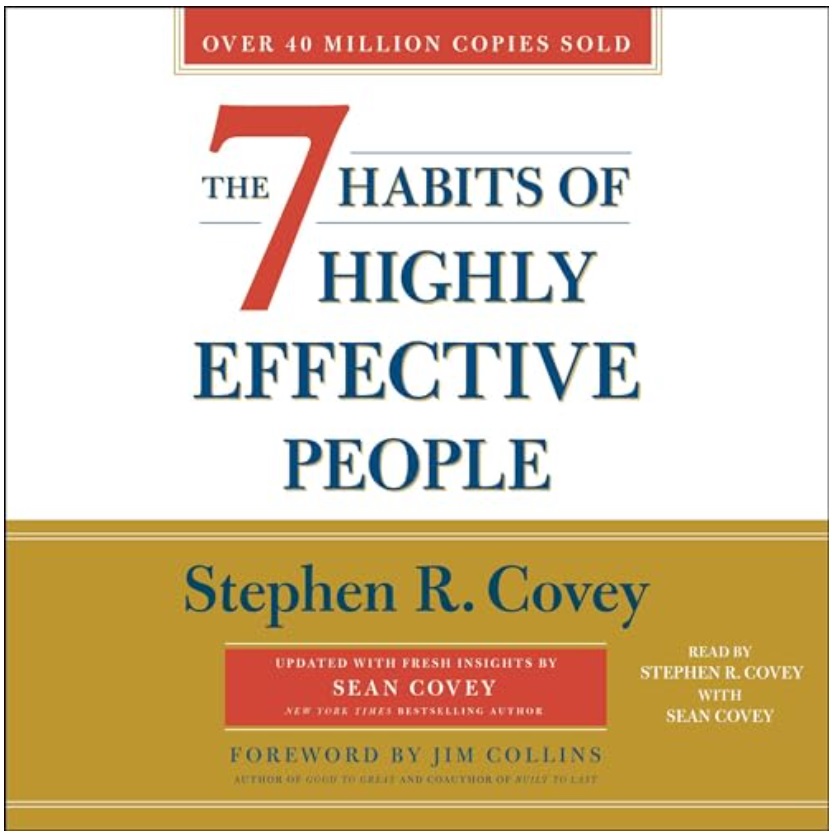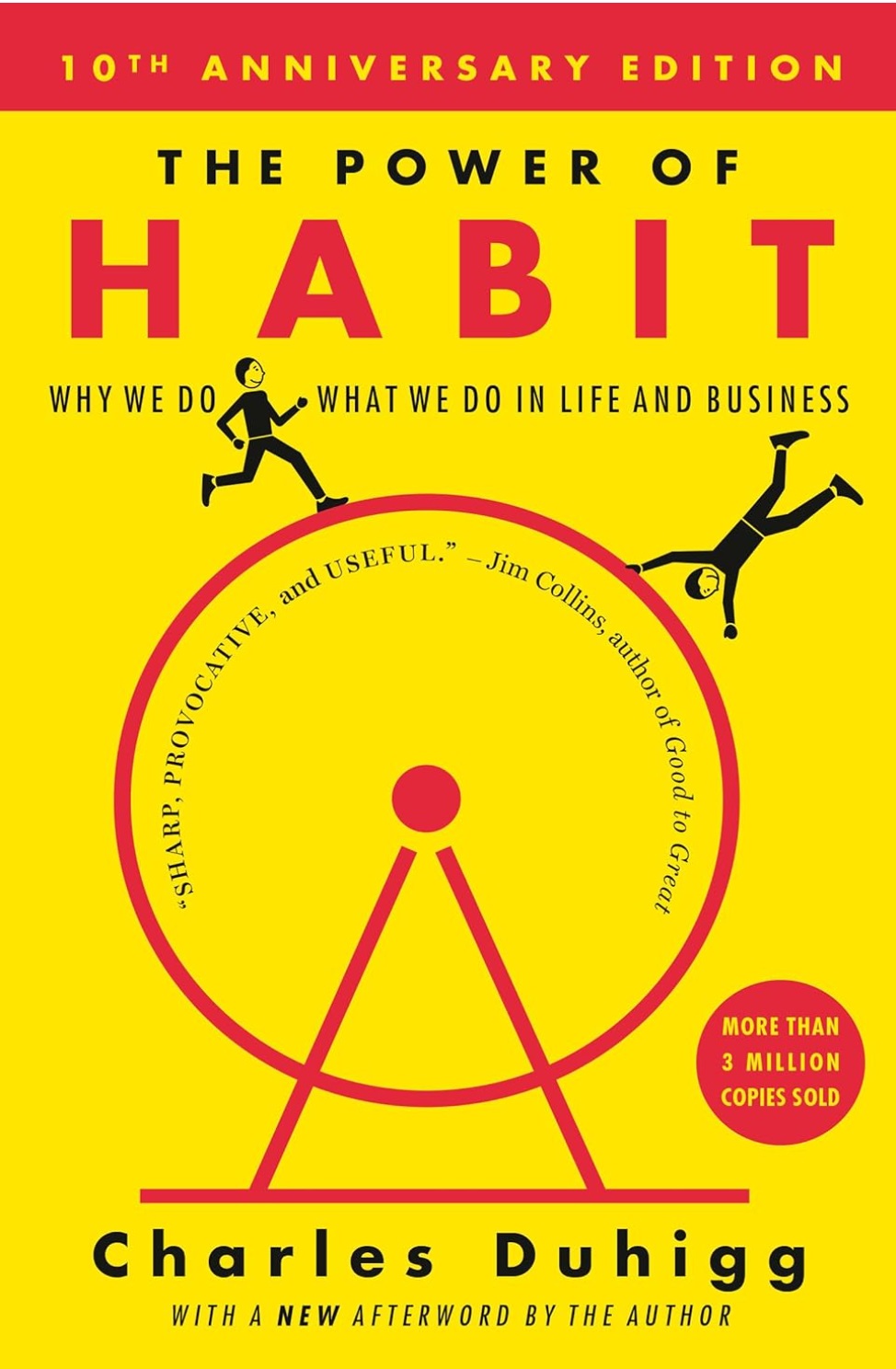Transform your life with Atomic Habits by James Clear. Discover how tiny changes lead to significant results through the power of habit stacking, environment design, and identity-based behavior.
Learn the science behind habit formation and gain practical tools to build lasting, positive habits while breaking the bad ones. Start your journey toward personal growth and achieve success with this bestselling guide to effective habit creation.
I’ve recently re-read Atomic Habits by James Clear, and decided to write a detailed review of it. The book is a game-changing guide to building good habits and breaking bad ones.
If you, like me, have ever struggled with sticking to a new habit or ditching a bad one, this book might just be the answer you’ve been looking for.
Let me share my experience with it and why it’s become one of my favorite reads.
Table of Contents
ToggleThe Essence of the Book
At its core, Atomic Habits is about small changes leading to significant results.
Clear breaks down the concept of habits into bite-sized pieces—literally.
The Concept of “Atomic”
The word “atomic” refers to the idea that tiny actions, repeated consistently over time, can compound into something much bigger.
This concept resonates with me because I often get overwhelmed by grand goals and tend to procrastinate when things seem too daunting.
Understanding the Habit Loop
Clear introduces the “habit loop,” a simple model for understanding how habits work.
It’s made up of four elements: cue, craving, response, and reward. The cue triggers a craving, which leads to a response, resulting in a reward.
This loop creates a cycle that repeats, forming a habit. The beauty of this model is its simplicity—anyone can understand it and start using it to analyze their own habits.
As I read about the habit loop, I started to recognize patterns in my own life.
For example, I used to have a habit of snacking on unhealthy food while watching TV.
The cue was the TV, the craving was for something crunchy, the response was grabbing a bag of chips, and the reward was that satisfying crunch.
Once I saw the loop, I could start thinking about ways to change it.
Building Good Habits
Clear offers practical advice on creating good habits. He suggests focusing on tiny, manageable steps instead of trying to change everything at once.
This approach made sense to me, as I often get overwhelmed by big goals.
So, I started small, with just five minutes of meditation in the morning. It was easy to stick with, and I could gradually build up from there.
Breaking Bad Habits
Identifying Bad Habits
One of the first steps to breaking bad habits is identifying them. Clear suggests looking at the habit loop to understand what triggers the bad habit and what rewards it offers.
This made me realize that my late-night snacking was not just about hunger, but also about stress relief and comfort. By recognizing the cues and rewards, I could start to break the pattern.
Replacing Bad Habits with Good Ones
Once you’ve identified the bad habit, Clear recommends replacing it with a positive alternative.
This is where the idea of “habit stacking” comes in. It’s about linking a new habit to an existing one.
For example, after brushing my teeth at night, I would grab a book instead of a snack.
This simple change made it easier to break the bad habit and adopt a healthier one.
The Power of Your Environment
Another crucial aspect of the book is the role of environment in shaping habits.
Clear emphasizes that our surroundings can either make it easier or harder to stick with habits.
This resonated with me because I’ve often underestimated the influence of my environment.
I always thought willpower was enough, but Clear argues that it’s much easier to change your environment than to rely solely on willpower.
To put this into practice, I started by making small changes to my living space.
I moved my workout gear to a more visible spot, making it easier to exercise in the morning.
Another example is I often found myself reaching for unhealthy snacks simply because they were within arm’s reach.
To overcome this bad habit, I rearranged my kitchen to put healthy snacks at the forefront and moved the junk food to the back. I also placed a bowl of fruit on the kitchen counter to encourage healthier snacking.
This environmental change made it easier to choose the right option when hunger and the munchies hit.
These small changes made a significant difference in my ability to stick with new habits, proving Clear’s point about the power of environment.
As clear argues about in the book, and I have proven to myself through changes I have made in my home, that it’s easier to change your surroundings than rely solely on willpower.
Tiny Changes, Big Results
The concept of “atomic” changes was a real eye-opener for me. Clear emphasizes that small habits, when consistently applied, can lead to significant outcomes over time.
This is called the “aggregation of marginal gains,” where each small improvement adds up. It’s a powerful idea, especially for someone like me, who tends to think that only big changes matter.
One of the examples Clear uses to illustrate this is the British cycling team. They were notoriously bad for years, but then they adopted a philosophy of making tiny improvements in every aspect of cycling.
From the bikes’ weight to the riders’ diet, everything was optimized.
Over time, these small changes led to a dramatic turnaround, and the team became one of the best in the world.
This story stuck with me because it shows how small efforts, consistently applied, can lead to massive success.
Learn more about Atomic Habits on Amazon.
Applying Atomic Habits in Daily Life
Identity-Based Habits
One of the key concepts in the book is the idea of identity-based habits.
Clear explains that the most effective way to change a habit is to focus on the type of person you want to become, not just the outcome.
This hit home for me because I often set goals based on results, like losing weight or making more money, but I never thought about who I needed to be to achieve those goals.
Clear suggests asking yourself, “What would a healthy person do?” or “How would a successful person act?”
This approach shifts the focus from outcomes to identity, making it easier to stick with habits because you’re aligning them with your self-image.
I found this concept incredibly motivating, as it made me think about the person I wanted to become rather than just the goals I wanted to achieve.
The Power of Small Wins
Clear emphasizes the importance of celebrating small wins along the way. This approach helped me stay motivated, especially when I felt like my progress was slow.
I began to track my daily habits and celebrate each successful step. Whether it was a full day without junk food or an extra workout session, these small victories kept me on track and motivated to continue.
Practical Tips and Strategies
Atomic Habits isn’t just theoretical—it offers a ton of practical tips and strategies to help you build good habits and break bad ones.
Clear’s writing style is clear and straightforward, making it easy to understand and apply his advice.
He provides actionable steps, like habit stacking (linking new habits to existing ones), and suggests ways to create immediate rewards for good habits.
One tip that stood out to me was the idea of “two-minute habits.” This concept suggests that you start new habits by making them ridiculously easy—something that only takes two minutes to do.
By lowering the barrier to entry, you’re more likely to stick with the habit. I used this strategy to start a daily stretching routine.
Instead of committing to a full workout, I began with just two minutes of stretching each morning.
It was so simple that it became almost impossible to skip, and before I knew it, I was doing longer workouts without even realizing it.
Final Thoughts
Atomic Habits by James Clear is a must-read for anyone looking to improve their life through better habits.
The book is filled with practical advice, inspiring stories, and a deep understanding of how habits work.
What I love most about it is the focus on small changes and the idea that anyone can create lasting transformation with the right approach.
If you’re struggling with bad habits or want to build new ones, I highly recommend this book.
It’s changed the way I think about habits and has given me the tools to make meaningful changes in my life.
Whether you’re aiming to be healthier, more productive, or just a better version of yourself, Atomic Habits offers the guidance and motivation you need to get started.
Give it a read, and I think you’ll find yourself inspired to start building your own atomic habits.

